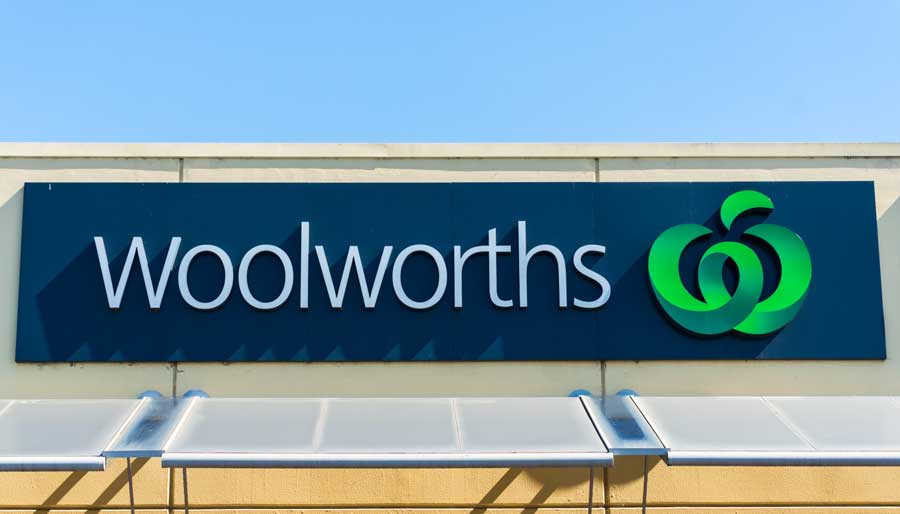According to IBISWorld’s Supermarket and Grocery Stores industry report ‘Checkout Update Q1 2018,’ the $102 billion industry is expected to grow by 2.2 per cent in 2017-18, largely due to rising demand for premium food products, such as organic fruit and vegetables. This follows on from a 0.6 per cent decline in real terms in 2016-17, after a period of heavy discounting by the major supermarket chains. However, intense price competition continues to define the industry.
| Major player | Market share 2017-18 |
| Woolworths | 37.2 per cent |
| Coles | 30.3 per cent |
| ALDI | 9.2 per cent |
| Metcash | 7.4 per cent |
Supermarket fortunes
Woolworths has refocused on its Australian Food division, cutting prices to better compete with Coles and ALDI, with Woolworths’ average prices declining by 2.1 per cent in 2016-17. This trend has carried on at the start of 2017-18, with average prices declining by 2.4 per cent in Q1 2017-18. Woolworths is also investing heavily in its customer service and upgrading and refurbishing old stores to boost demand further.
“As a result of the resurgence of Woolworths’ supermarket business, the company gained market share for the first time in several years in 2016-17. This trend is expected to continue in 2017-18, with the company projected to account for 37.2 per cent of the industry by the end of 2017-18,” IBISWorld Senior Industry Analyst Nathan Cloutman said.
Coles’ performance in 2016-17 was one of its weakest in several years, with the company facing pressure from a more buoyant Woolworths and an expanding ALDI. These pressures have continued into 2017-18, with Coles recording sales growth of only 0.3 per cent for Q1 2017-18. Coles’ market share is expected to reach 30.3 per cent at the end of 2017-18.
ALDI is continuing to expand its store network in WA and South Australia, while upgrading its stores along the eastern seaboard to include a larger range of fresh-food items. ALDI now has more than 500 stores across Australia, and its ongoing expansion is expected to earn the company 9.2 per cent of the supermarkets and grocery-stores industry by the end of 2017-18.
Individual operators that operate under the Metcash network of stores, such as IGA, are continuing to suffer as Woolworths, Coles and ALDI compete strongly on price.
Metcash’s half-year result for 2017-18 has already seen IGA supermarket sales fall by 0.8 per cent, and Metcash’s struggles are expected to continue over the financial year. Metcash’s market share is expected to total 7.4 per cent by the end of 2017-18.
New challenges
Amazon entered the Australian market in December, with the threat of AmazonFresh making online sales increasingly important in the supermarkets and grocery-stores industry. Revenue in the online grocery-sales industry is forecast to grow at an annualised 12.4 per cent over the next five years. However, IBISWorld found that despite growing strongly, online grocery sales are only expected to represent a small share of total grocery sales, at three per cent in 2017-18.
Woolworths and Coles are constantly improving their online sales channels by expanding their click-and-collect options and investing in consumer-data analytics. In addition, Coles recently launched a 12-month trial with Airtasker in Sydney, which allows consumers to get their groceries delivered through the Airtasker app.
Another threat for the major players is David Jones’ announcement that it will launch a standalone food store in South Yarra, Melbourne, in 2019. The company plans to invest at least $100 million over the next five years to help build a retail food business. The food stores are expected to be stocked with private-label products and offer gourmet groceries, liquor and premium convenience foods.


